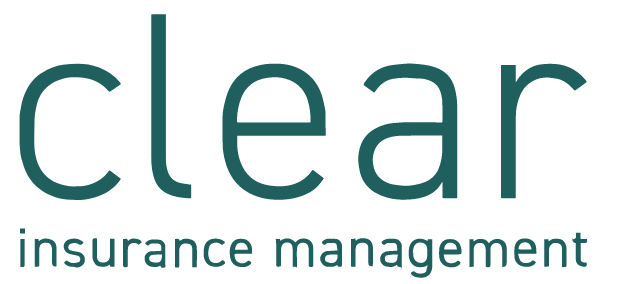Flats are particularly vulnerable to escape of water as a leak in one flat can impact other flats in the building, sometimes resulting in catastrophic outcomes. In the most severe cases, residents may need to vacate their accommodation for several months while the damage is repaired.
Understanding escape of water risk
The impact of an escape of water can be far-reaching. It can compromise the structural integrity of a building, ruining ceilings, walls, and flooring and can short circuit electrical wiring, potentially resulting in protracted and expensive renovation work. It can also damage furniture, electronics, and other personal belongings, often beyond repair. Additionally, excess moisture can cause mould and mildew to grow, which can have adverse health effects for a property’s occupants.
Here are some of the common causes of water leaks:
- Poor building construction methods: Careless or faulty workmanship can increase the risk of water leaks. The incorrect installation of plumbing can, for instance, result in the joints in pipework failing. Mistakes like leaving valves open while changing the water supply system can also cause a leak.
- Excess water pressure: Pipes and plumbing systems require steady water pressure. Uneven pressure can result in burst pipes and leaks.
- Clogged drains: When a clog occurs, standing water in the drainpipe can cause leaks in pipe joints, caulking, seals, and threaded pipe joints due to a pressure build-up.
- Broken seals: Seals can be found across all water connectors, or in any appliances that have a water connection. Gradually, these seals can wear down and begin to break, leading to puddles and condensation forming near the appliances.
- Cracked or corroded pipes: Over time, pipes can corrode or crack, leading to slow leaks that can be difficult to detect. Additionally, pipe joints can deteriorate quickly and are often the weakest parts of a plumbing system, making them a common source of water leakage.
- Intruding tree roots: Root intrusion occurs when tree roots grow into underground structures, such as pipes, foundations, and septic tanks, damaging them. Tree roots are naturally attracted to sources of moisture, which can include cracked pipes, sewage lines, or leaky conduits. When roots enter these structures, they can grow causing blockages and leaks.
Tips to reduce escape of water risk
It’s worth routinely inspecting any fixed appliances you may have, such as a washing machine, fridge, dishwasher, and water heater/boiler, bearing in mind the average lifespan of each appliance. While these are the most likely culprits for household leaks, you should also:
- Watch out for signs of dampness near radiators and pipes
- Check shower trays and bathroom fittings for cracked and worn seals and ensure that the grouting around tiles is well maintained
- Regularly replace washers to prevent taps dripping or leaking
- Ensure that pipes and drains don't become blocked
- Get the boiler/water heater serviced by a qualified heating engineer annually
- Check that the stopcock is working and accessible. Ensure everyone knows where it is and, more importantly, how to operate it
- Know where your risers are so any damp patches can be spotted early (risers carry services up through a building). If there is an unpleasant smell coming from the risers, this could indicate a leaking soil stack
- Consider installing smart water detectors and water cut-off devices. These can sense even small changes in your water usage and provide an early warning to a possible leak
- Keep the heating on continuously at 10c if you are away over the winter months to ensure that pipes do not freeze
- Always have the contact details for an emergency plumber handy.
Is escape of water covered under your buildings or contents insurance?
If you're wondering whether escape of water is covered under your buildings or contents insurance, the answer is yes. Both policies generally include this type of cover. However, the kind of damage you're claiming for will determine which policy you're covered by, and you may be required to pay a higher excess fee for a claim of this nature.
To ensure you're covered for all types of damage caused by an escape of water, it's advisable to take out both buildings and contents insurance policies for your property. If you're a landlord providing furniture with the property, then it's wise to take out contents insurance. Otherwise, your tenants must take out their own contents insurance policy to cover their possessions.
What to do if you find a leak
If you discover a water leak, it's important to act quickly to prevent further damage. If you don’t take action, this may affect your insurance claim.
So:
- Turn off the main water supply using the stopcock.
- Switch off any appliances causing the leak or avoid using them.
- Move your belongings from the affected area if possible.
- Place a container under the leak to catch the water.
- Soak up the water with towels or a mop if possible.
Remember, taking immediate action can help minimise the damage caused by the water leak and prevent costly repairs.
Contact us
Escape of water is a significant risk for property owners and occupants, but with the right insurance coverage and preventative measures, it’s a risk that can be managed effectively.
If you’d like to speak to us about escape of water risk, call: 020 7280 3450 or email: enquiries@thecleargroup.com







